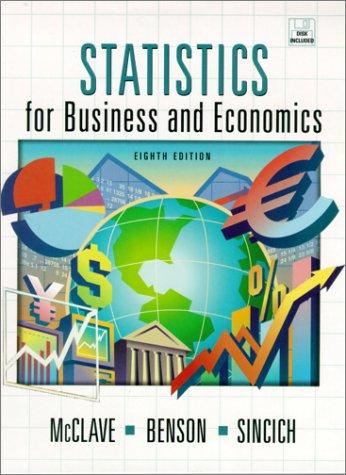Industrial sales professionals have long debated the effectiveness of various sales closing techniques. University of Akron rcsearchers
Question:
Industrial sales professionals have long debated the effectiveness of various sales closing techniques.
University of Akron rcsearchers S. Hawes, J. Strong, and B. Winick investigated the impact of five different closing techniques and a no-close condition on the level of a sales prospect's trust in the salesperson
(Industrial Marketing Management, Sept. 1996). Two of the five closing techniques were the assumed close and the impending event technique. In the former, the salesperson simply writes up the order or behaves as if the sale has been made. In the latter, the salesperson encourages the buyer to buy now before some future event occurs that makes the terms of the sale less favorable for the buyer. Sales scenarios were presented to a sample of 238 purchasing executives. Each subject received one of the five closing techniques or a scenario in which no close was achieved. After reading the sales scenario, each executive was asked to rate their level of trust in the salesperson on a 7-point scale. The table reports the six treatments employed in the study and the number of subjects receiving each treatment.
a. The investigator's hypotheses were Ho: The salesperson's level of prospect trust is not influenced by the choice of closing method Ha: The salesperson's level of prospect trust is influenced by the choice of closing method Rewrite these hypotheses in the form required for an analysis of variance.
b. The researchers reported the ANOVA F statistic as F = 2.21. Is there sufficient evidence to reject H,, at a = .05?
c. What assumptions must be met in order for the test of part a to be valid?
d. Would you classify this experiment as observational or designed? Explain.
Step by Step Answer:

Statistics For Business And Economics
ISBN: 9780130272935
8th Edition
Authors: James T. McClave, Terry Sincich, P. George Benson





